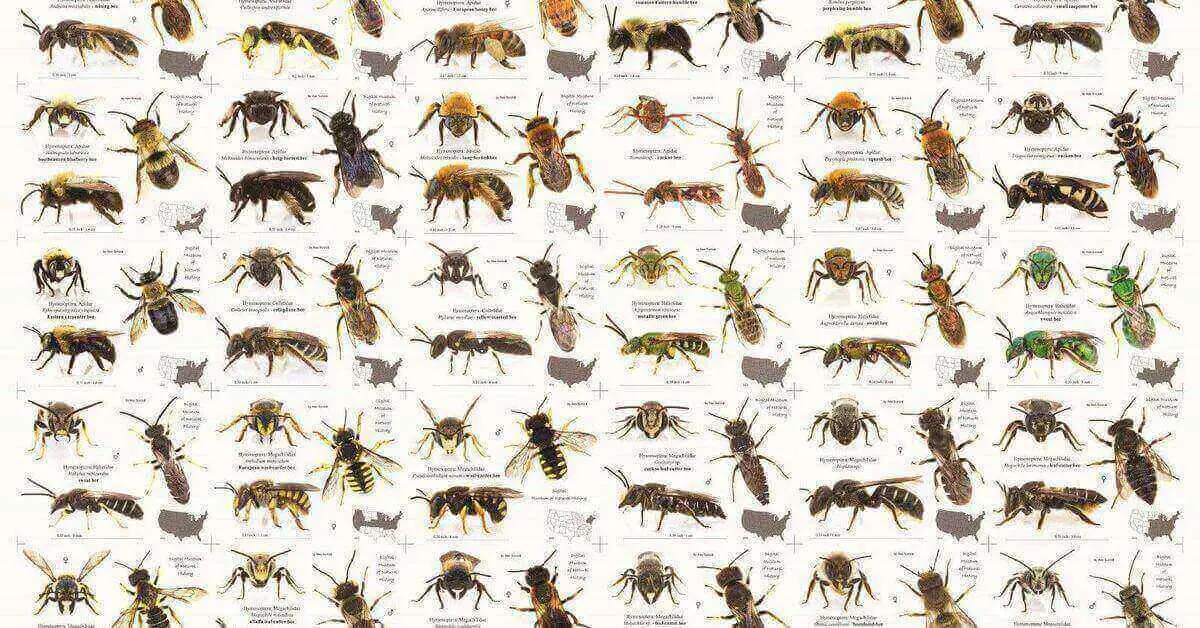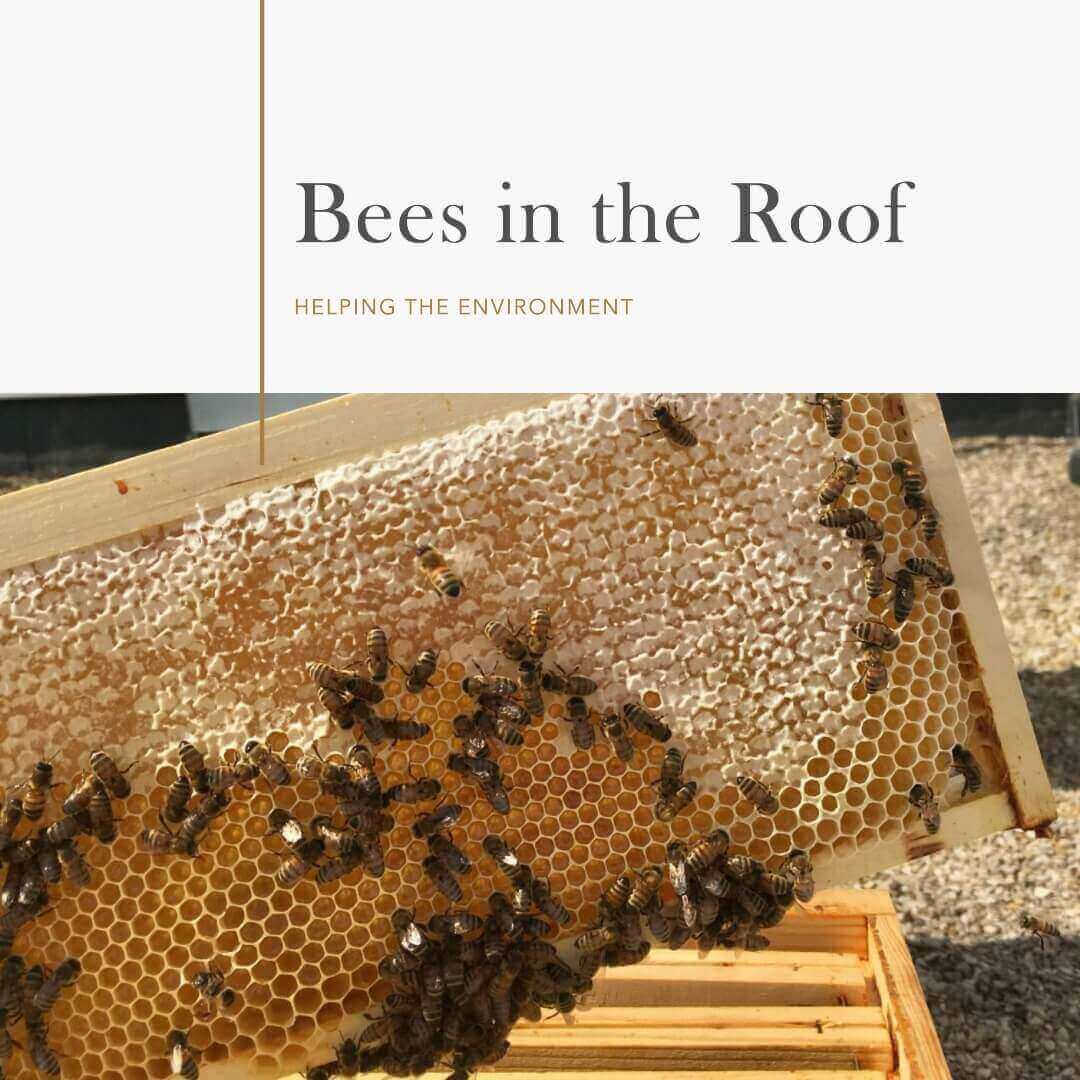When it comes to the world of bees, carpenter bees are known for their fascinating behavior and unique characteristics. Among them, the female carpenter bee holds a crucial role within the colony. Let’s delve into the activities and traits of female carpenter bees, as well as explore some common questions related to them.
What Do Female Carpenter Bees Do?
Female carpenter bees are highly industrious insects. Unlike their male counterparts, who primarily focus on mating and territorial defense, female carpenter bees are responsible for numerous tasks within the colony. Their primary role revolves around nesting and provisioning.
Nesting
Female carpenter bees are expert architects. They have the ability to excavate tunnels in various wooden structures, such as tree trunks, logs, or even human-made objects like decks, furniture, and buildings. Using their strong mandibles, they burrow into the wood, creating galleries where they construct individual brood cells. These cells serve as nurseries for their offspring.
Provisioning
Once the nesting tunnels are established, female carpenter bees collect pollen and nectar from flowers to provision the brood cells. They meticulously gather pollen, which serves as a vital protein source for their developing larvae, while nectar acts as an energy-rich food. The female bee carefully places the collected pollen and nectar within each brood cell before laying a single egg on top. This process is repeated until the gallery is filled with cells.
Do Female Carpenter Bees Fly Around?
Yes, female carpenter bees are active fliers. They can frequently be seen buzzing around flowering plants, searching for nectar and pollen resources. These industrious insects play a vital role in pollination as they inadvertently transfer pollen from one flower to another while foraging. Their flight patterns are distinct, often characterized by a buzzing sound as they maneuver gracefully from one flower to the next.
Do Male and Female Carpenter Bees Look the Same?
Although male and female carpenter bees belong to the same species, they exhibit distinct physical characteristics. Female carpenter bees are larger than males and possess a stinger. They typically have a shiny black coloration, but some species may exhibit shades of metallic blue or green. On the other hand, male carpenter bees are smaller and do not possess a stinger. They have a yellow or light tan coloration on their faces and may appear more aggressive due to their territorial nature.
Female Carpenter Bee Stinger
Female carpenter bee are equipped with a stinger, which they use primarily for self-defense. However, they are generally non-aggressive and rarely sting humans unless they feel threatened or their nest is disturbed. If stung, it is essential to remove the stinger carefully to avoid injecting more venom into the skin.
Related Articals:
How to Treat a Carpenter Bee Sting?
If you’ve been stung by a carpenter bee, here are some steps to help alleviate discomfort:
- Remove the stinger: Using a pair of tweezers or a credit card, gently scrape or pull out the stinger from the affected area. Be cautious not to squeeze or press the venom sac.
- Cleanse the area: Wash the sting site with mild soap and water to minimize the risk of infection. Pat the area dry with a clean towel.
- Apply a cold compress: Place a cold pack or ice wrapped in a cloth on the sting site for about 15 minutes to reduce swelling and numb the area.
- Pain relief: Over-the-counter pain relievers, such as ibuprofen or acetaminophen, can help alleviate any pain or discomfort. Follow the instructions on the packaging for the correct dosage.
- Monitor for allergic reactions: If you experience severe symptoms, such as difficulty breathing, dizziness, or swelling in the face or throat, seek immediate medical attention. These may indicate an allergic reaction, which requires prompt medical intervention.
Black Bee Sting Treatment
While the color of the bee itself does not directly affect the treatment of a sting, the steps mentioned above apply universally for treating bee stings, regardless of the bee’s coloration.
FAQ’S
Yes, female carpenter bees do fly around. They are active pollinators and can often be seen buzzing around flowers or wooden structures.
Carpenter bees may appear to stare at you, but they are actually trying to assess whether you pose a threat to their nesting sites. They are known to be curious and may hover in front of humans or other animals to gather information about potential threats.
Carpenter bees, particularly males, engage in territorial fights to establish dominance and secure mating opportunities. These fights primarily occur to protect their preferred nesting areas and access to females.
Female carpenter bees can be identified by their larger size compared to males. They typically have a stout and robust body structure.
Female carpenter bees are responsible for excavating nesting tunnels in wood. They use their strong mandibles to chew through the wood and create galleries where they lay their eggs and rear their young. They also collect pollen and nectar to provision the nest.
No, female carpenter bees are generally larger than males. They have a more substantial body size and appear more robust.
Summary
Female carpenter bees play a crucial role within their colonies. They diligently construct nests, provision brood cells, and contribute to pollination. Understanding their behavior and characteristics helps us appreciate the intricate workings of these remarkable insects in our environment. However, if stung, it’s important to take appropriate steps to treat the sting and seek medical attention if necessary.




